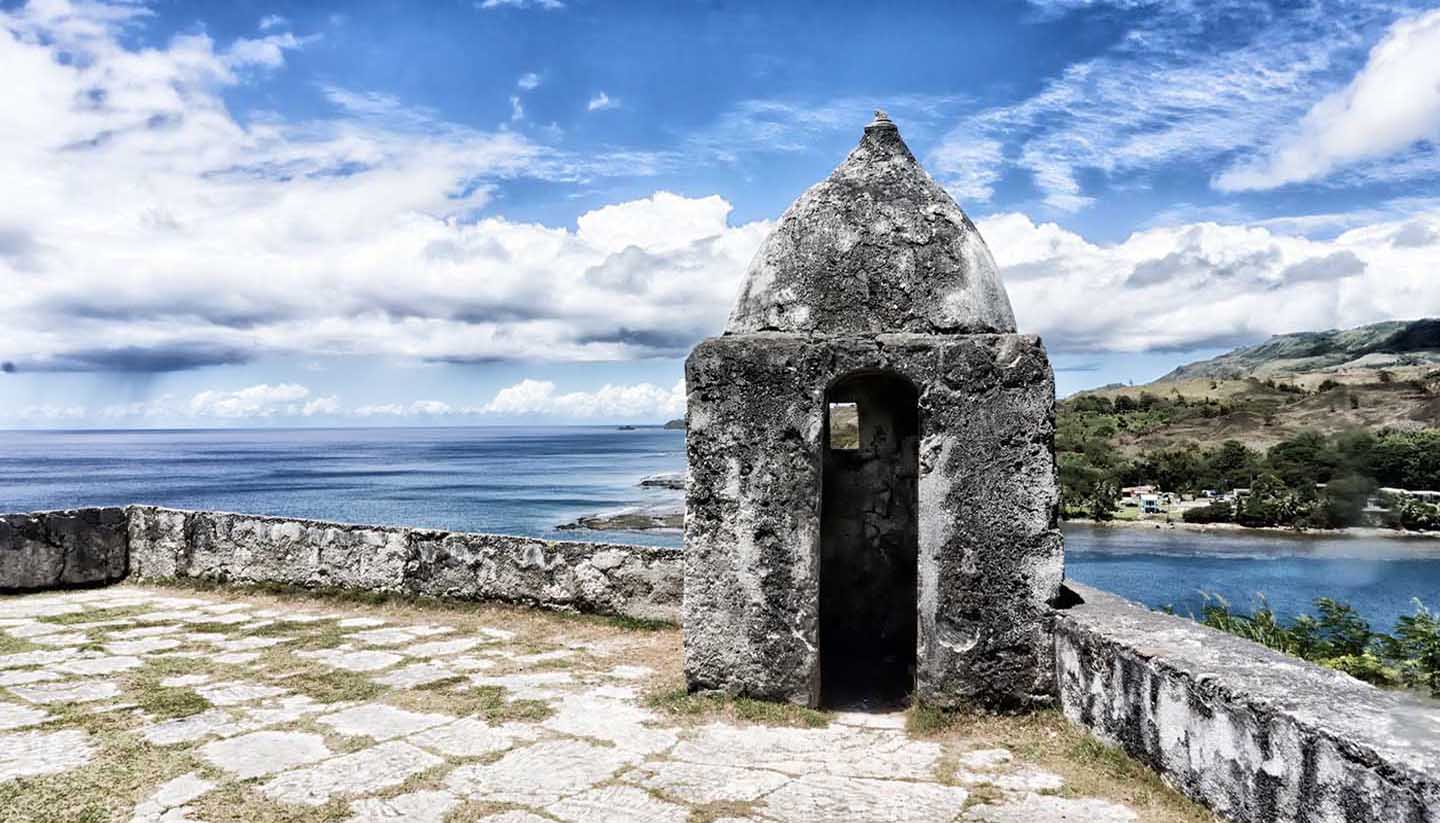Guam History, Language and Culture
History of Guam
Guam is the largest and most southerly island of the Marianas Islands, which were occupied by the Chamorro Indians from 1500 BC. It was claimed by the Spanish in 1565 and ruled by Madrid until the Spanish-American War of 1898. The Spanish governor was unaware of the war and, when a US frigate entered Hagåtña harbour with guns blazing, he apologised to the captain for not having a reciprocal salute ready. He surrendered the island the next day.
US rule was interrupted by the Japanese invasion of 1941, to be reinstated after fierce fighting three years later. The island has been an important US strategic base since then. Its facilities were provisionally earmarked for substantial expansion following the US withdrawal from the Philippines. However, the end of the Cold War and the overall retrenchment of the American military have forced the government of Guam to look to other means for its long-term future (see Business Profile).
Politics on the island are based on the US system: the most recent gubernatorial election in November 2010 was won by the Republican Eddie Calvo.
Guam Culture
Religion in Guam
Christian; 85% Roman Catholic.
Social Conventions in Guam
Western customs are the norm, although one must also keep in mind the traditions of the Japanese who make up around 90% of the island's tourists. A native practice, the 'Eyebrow,' is unique: Islanders say hello, recognize someone or build a connection simply by lifting eyebrows and jerking their head back.
Language in Guam
English and Chamorro are the official languages. Japanese is also spoken - particularly by the older generation who were alive during the Japanese occupation.


